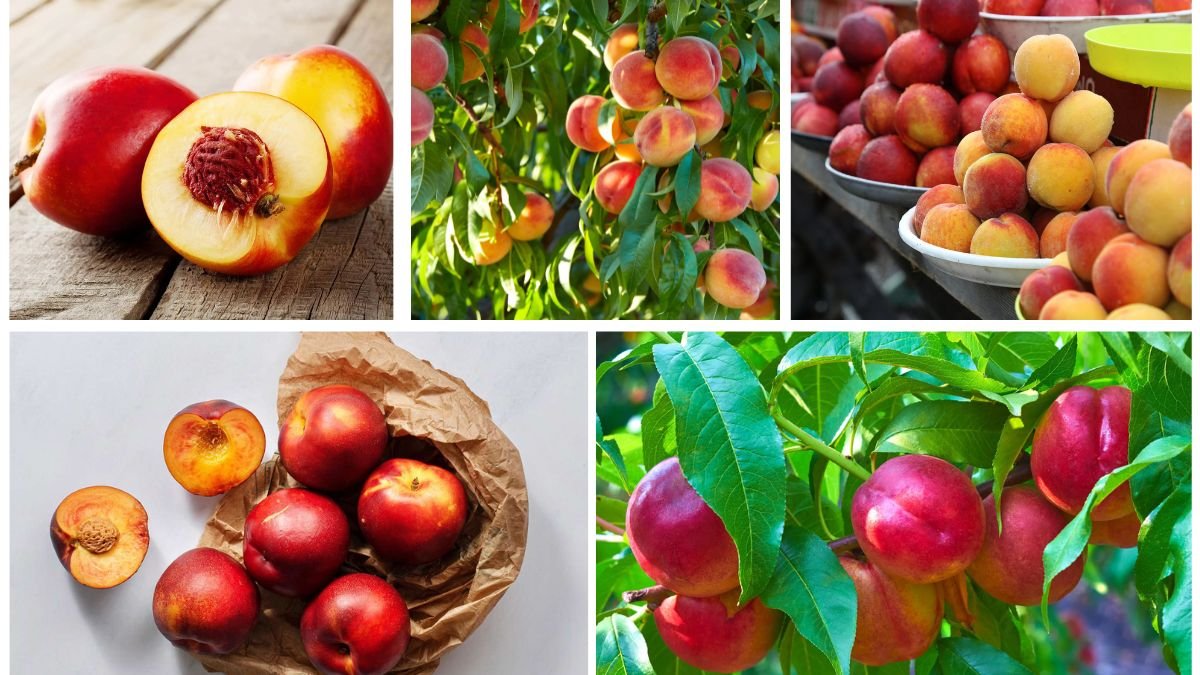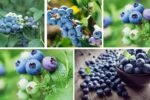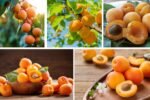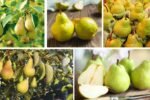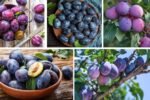Peaches and nectarines, with their juicy sweetness, fragrant aroma, and velvety or smooth skins, are among the most beloved fruits worldwide. Whether enjoyed fresh, baked in pies, turned into jams, or blended into refreshing juices, these fruits hold a cherished spot in global cuisine and agriculture. But when it comes to large-scale production, one country outshines the rest.
China stands as the undisputed leader in peach and nectarine production, cultivating the majority of the world’s supply. Its dominance is unmatched, with millions of tons harvested annually, far surpassing any other country. In this article, we’ll explore China’s role, other key producing countries, global trade trends, health benefits, cultural significance, and the future of peach and nectarine farming.
Peaches and Nectarines: A Quick Overview
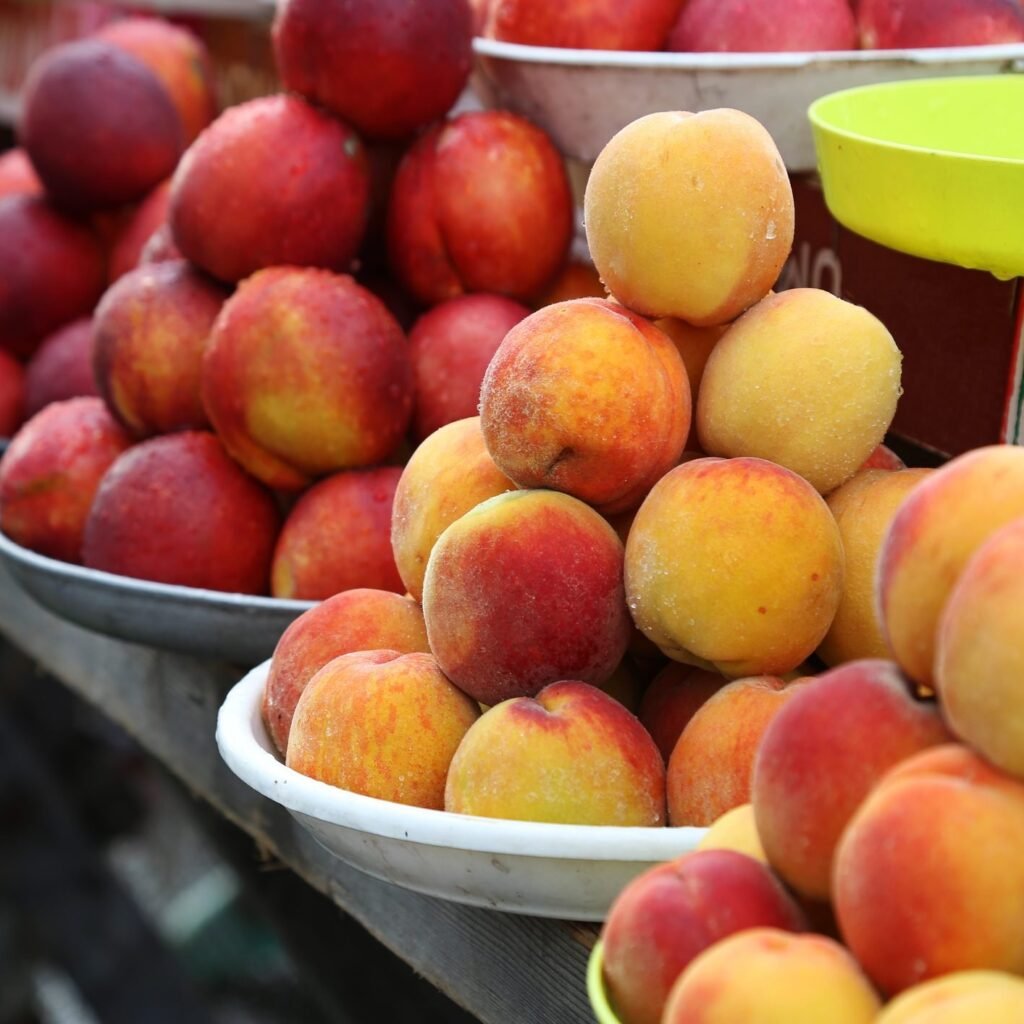
- Botanical Background:
Both fruits belong to the species Prunus persica. The difference lies in their skins: peaches are fuzzy, while nectarines are smooth. Genetically, this variation is due to a single recessive allele. - Types:
- Freestone: Flesh easily separates from the pit, ideal for fresh eating.
- Clingstone: Flesh clings to the pit, commonly used in canning.
- White vs. Yellow: White peaches are sweeter and less acidic; yellow ones have a tangier balance of sweet and tart.
- Growing Conditions:
Peaches and nectarines thrive in temperate climates with cold winters (chilling requirement) and warm summers.
China: The Global Giant in Peach and Nectarine Production
Production Scale
China is by far the largest producer of peaches and nectarines in the world, contributing nearly 60–65% of global production. According to the Food and Agriculture Organization (FAO), China produces over 15 million metric tons annually, making it the unrivaled leader.
Why China Dominates
- Favorable Climate
Northern provinces like Hebei, Shandong, and Henan provide the perfect balance of cold winters and warm summers for high yields. - Expansive Orchards
China has millions of hectares dedicated to stone fruit cultivation, ensuring consistent large-scale output. - Diverse Varieties
China grows both traditional varieties and modern hybrids, catering to domestic demand and export markets. - Strong Domestic Consumption
With its vast population, most of China’s peach and nectarine harvest is consumed domestically, leaving a smaller proportion for exports. - Cultural Significance
In Chinese culture, peaches symbolize immortality, longevity, and prosperity, making them culturally and economically significant.
Other Major Peach and Nectarine Producers
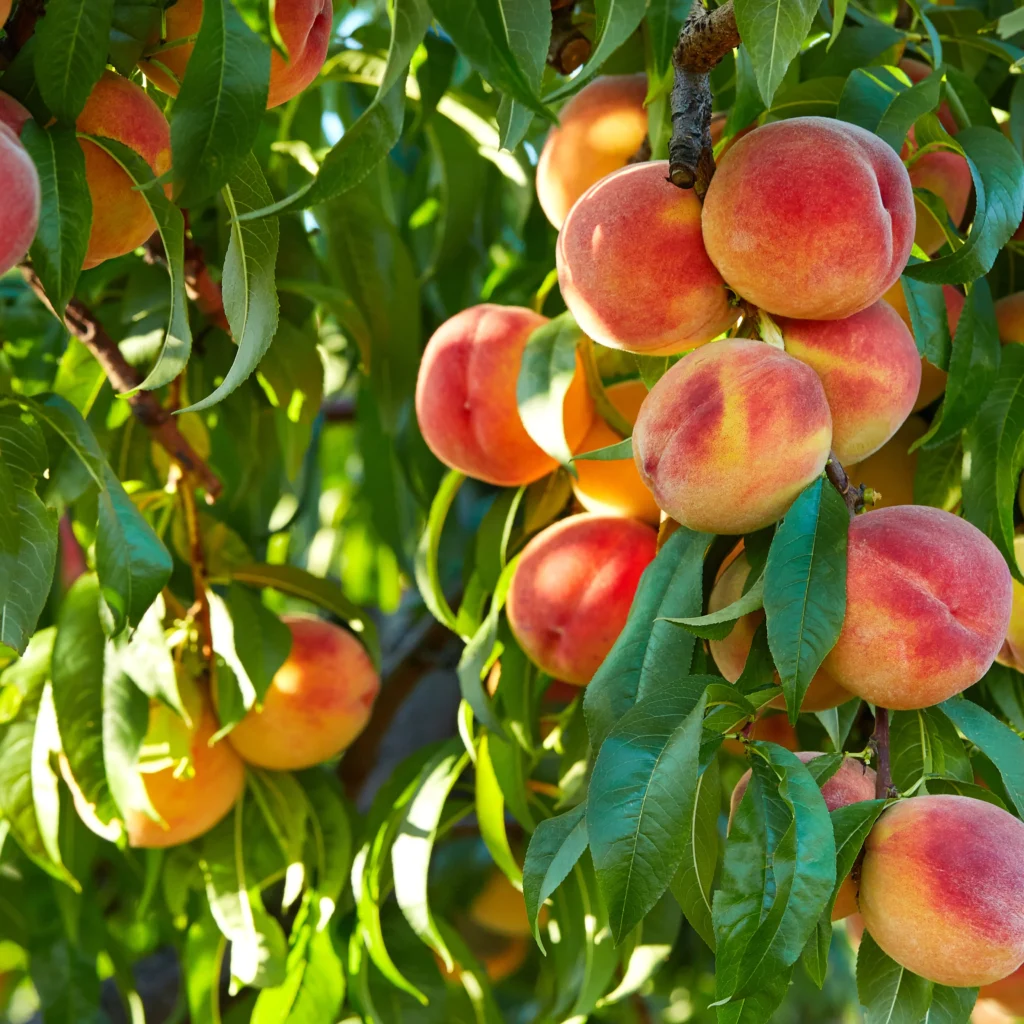
While China dominates, several other countries also play important roles in global production:
1. Spain
- Annual Production: ~1.5–1.7 million metric tons.
- Spain is Europe’s largest producer and exporter, with regions like Catalonia, Murcia, and Aragon leading cultivation.
- Nectarines, in particular, are a major export to the EU and Middle Eastern markets.
2. Italy
- Annual Production: ~1–1.2 million metric tons.
- Italy produces both peaches and nectarines, mainly in Emilia-Romagna, Campania, and Piedmont.
- Italian peaches are well-regarded for their quality and are a staple in European summer markets.
3. United States
- Annual Production: ~650,000–750,000 metric tons.
- California dominates U.S. production, contributing nearly two-thirds of the national output.
- Georgia, famously known as the “Peach State,” also produces premium-quality peaches, though in smaller volumes compared to California.
4. Greece
- Annual Production: ~700,000–800,000 metric tons.
- Known for clingstone peaches used in canning.
- A significant exporter to European and international markets.
5. Turkey
- Annual Production: ~800,000–900,000 metric tons.
- Major producing regions include Bursa and Izmir.
- Both fresh and processed peaches contribute to exports.
6. Other Producers
Countries like Chile, Argentina, Egypt, and France also contribute significantly to global supply, often serving export markets during off-seasons.
Global Trade in Peaches and Nectarines
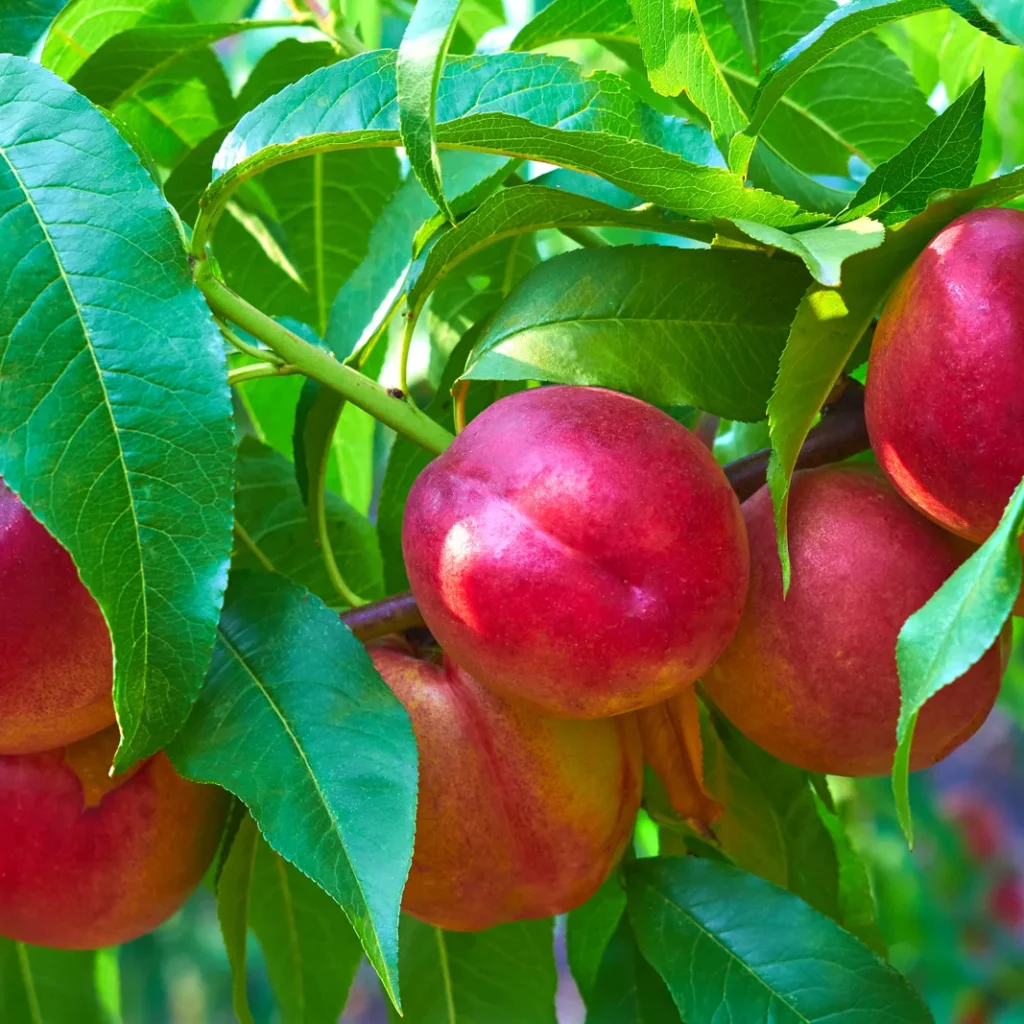
- China: Despite its massive production, most of its harvest is consumed domestically, making it less dominant in exports.
- Spain: The world’s top exporter, supplying peaches and nectarines across Europe, North Africa, and the Middle East.
- Italy and Greece: Strong exporters within Europe.
- Chile and Argentina: Key off-season suppliers to North America and Europe due to their Southern Hemisphere harvest.
- United States: Exports to Canada, Mexico, and some Asian markets.
The trade market thrives on counter-seasonal availability, with Southern Hemisphere producers balancing Northern Hemisphere supply gaps.
Nutritional Value and Health Benefits
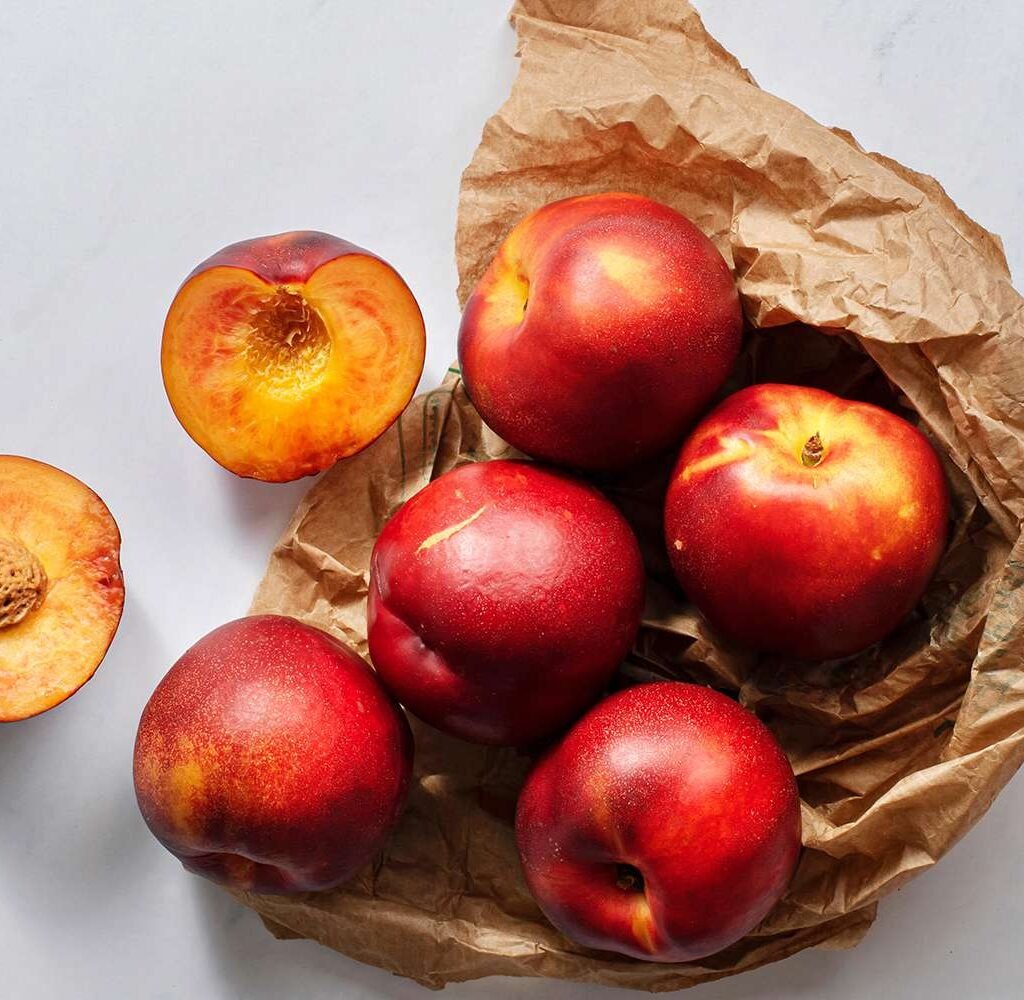
Peaches and nectarines are not only delicious but also highly nutritious:
- Rich in Vitamins: High in vitamins A, C, and E, supporting skin health and immunity.
- Fiber Content: Aids digestion and supports gut health.
- Low in Calories: Perfect for weight management.
- Antioxidants: Help combat oxidative stress and reduce the risk of chronic diseases.
- Potassium: Supports heart health and regulates blood pressure.
- Hydration: With nearly 85% water content, peaches are excellent for hydration in hot climates.
Cultural Significance
- China: Peaches symbolize longevity and immortality; often featured in traditional art, literature, and festivals.
- United States: Georgia’s peaches are an icon of Southern identity, celebrated in festivals and culinary traditions.
- Spain and Italy: Peaches and nectarines are central to summer diets, markets, and traditional desserts.
Challenges in Peach and Nectarine Production
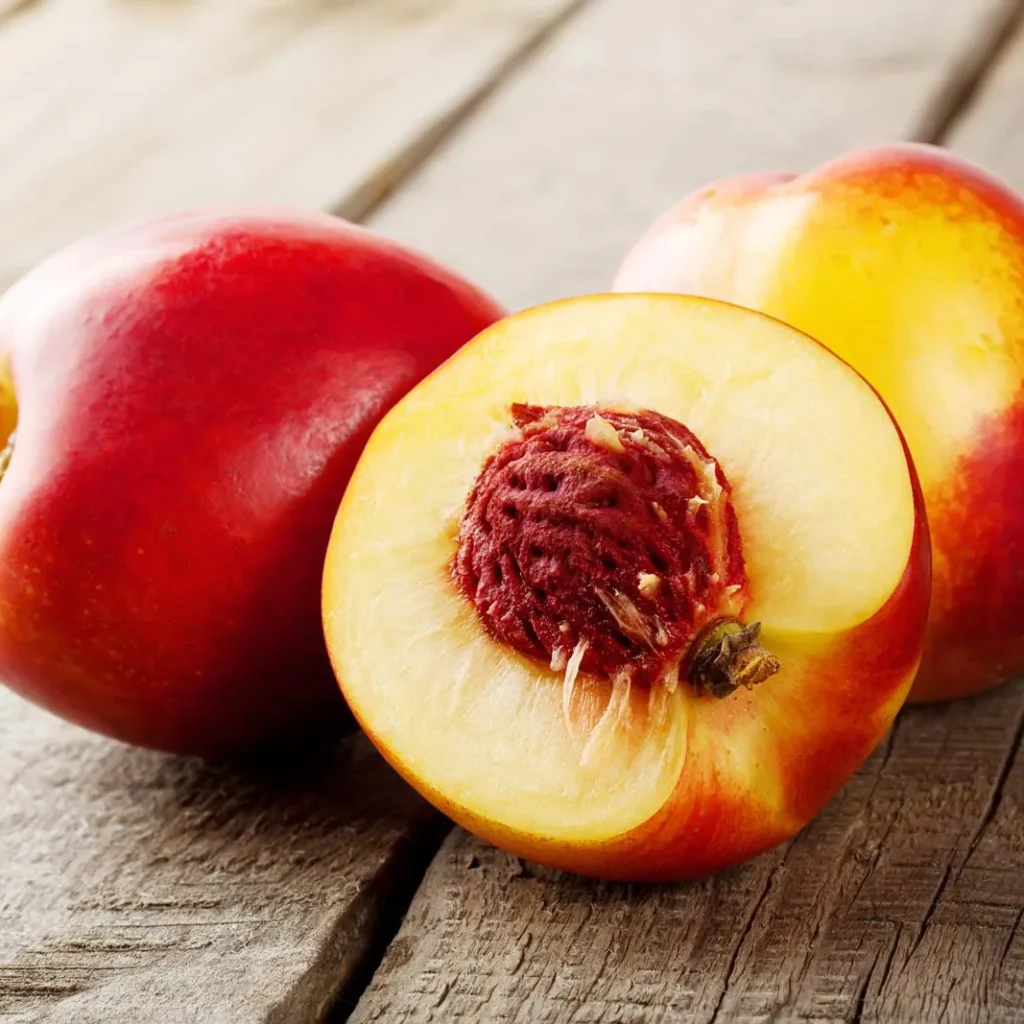
- Climate Sensitivity
- Chilling requirements limit cultivation to specific climates.
- Frosts during flowering season can damage yields.
- Pests and Diseases
- Vulnerable to peach leaf curl, brown rot, and fruit borers.
- Short Shelf Life
- Highly perishable, requiring careful harvesting, storage, and transport.
- Labor Intensity
- Harvesting is labor-intensive and requires significant manpower.
- Market Fluctuations
- Price volatility due to weather conditions and trade policies.
The Future of Peach and Nectarine Production
- Breeding Programs: Development of new varieties with better resistance to diseases, longer shelf life, and higher yield potential.
- Climate Adaptation: Expansion of cultivation in non-traditional regions using controlled environments and advanced irrigation.
- Sustainable Farming: Emphasis on organic practices, reduced pesticide use, and efficient water management.
- Growing Global Demand: Rising consumption in Asia, Middle East, and North America ensures a strong market outlook.
- Processed Products: Increasing demand for peach juices, canned peaches, and frozen nectarines will diversify markets.
Final Thoughts
So, which country produces the most peaches and nectarines worldwide? The clear answer is China, with over 15 million metric tons annually—far surpassing every other country. Its massive orchards, ideal climate, cultural importance, and domestic demand make it the undisputed global leader.
Spain, Italy, the United States, Greece, and Turkey also play important roles, especially in international trade and exports. Together, these nations ensure that peaches and nectarines remain beloved, accessible fruits year-round across the globe.
With their luscious flavor, nutritional richness, and cultural symbolism, peaches and nectarines are set to remain central to global agriculture and diets—sweet fruits that continue to connect cultures worldwide.
